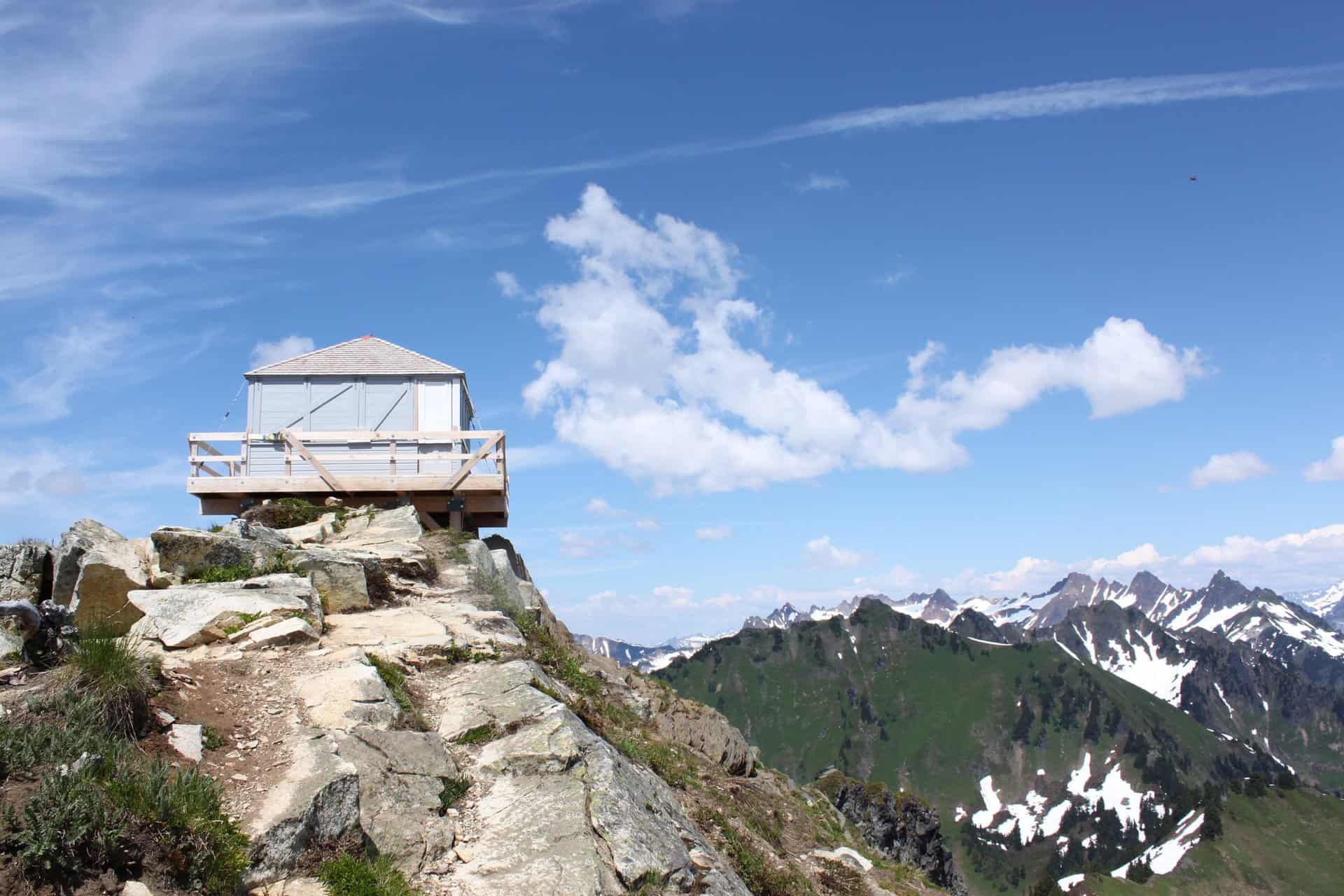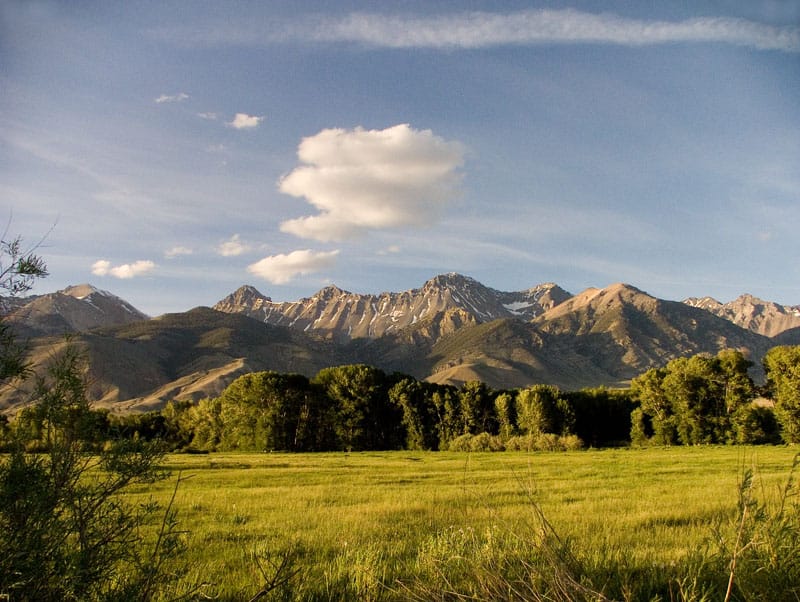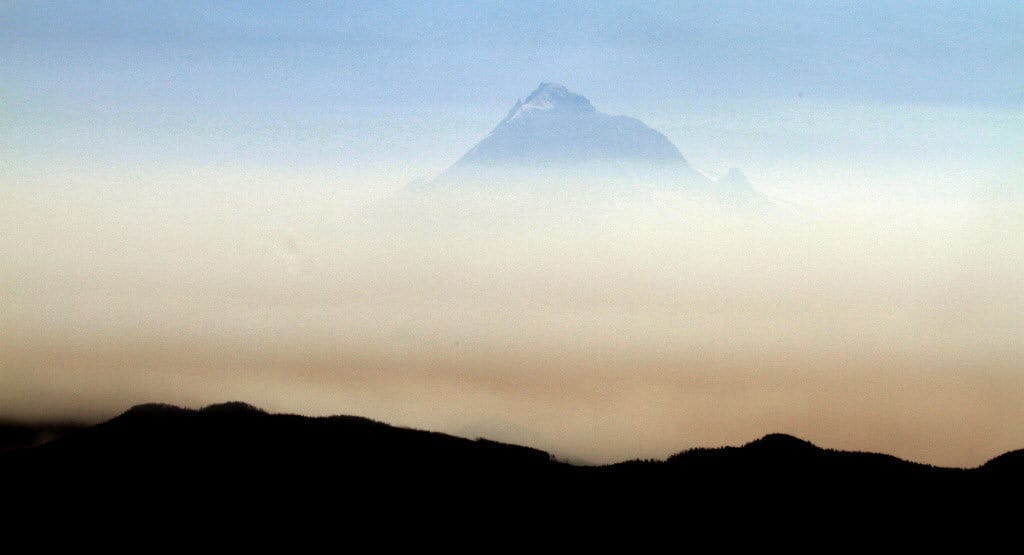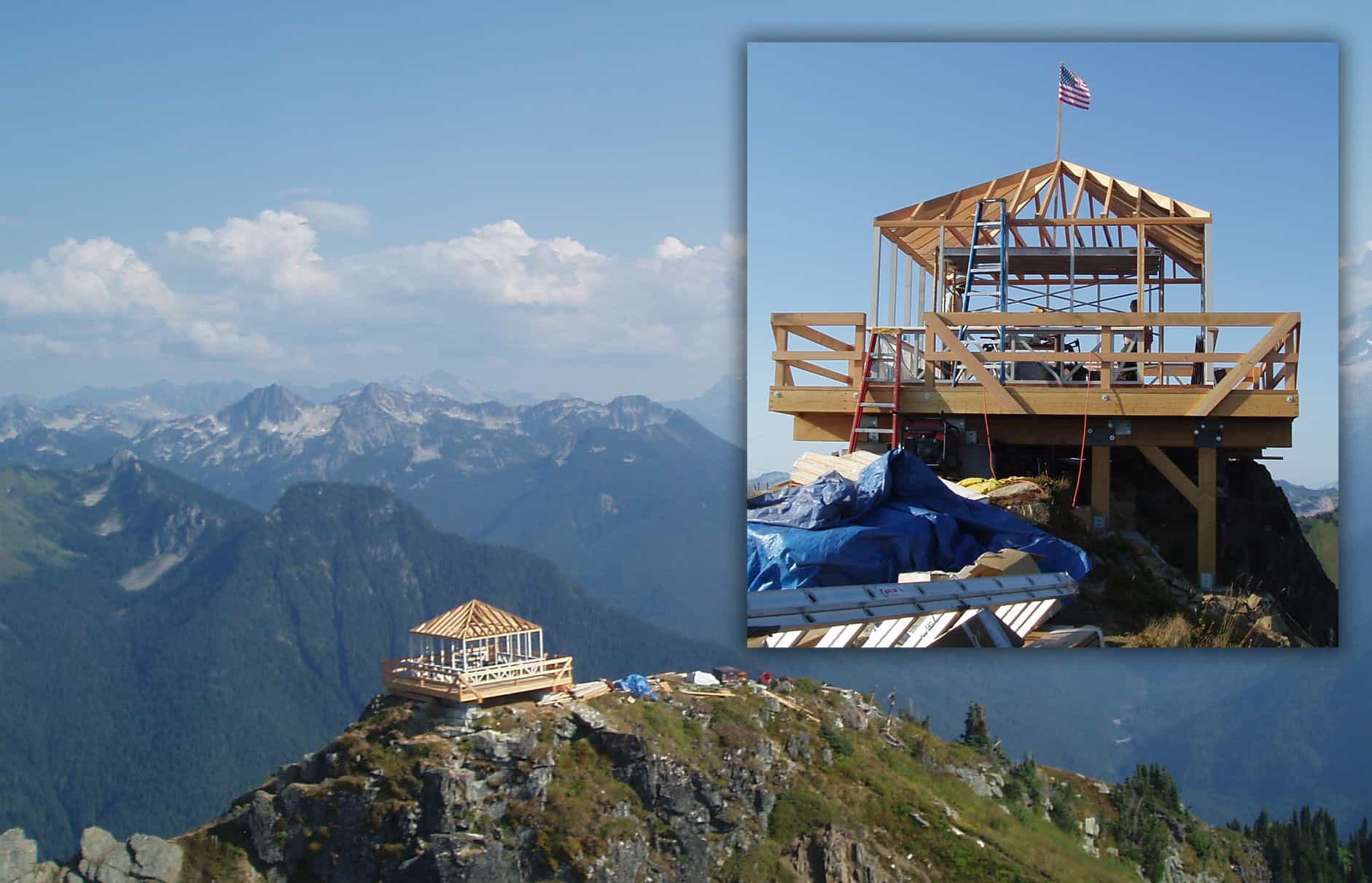
Here’s an opinion piece in the Everett Herald Net.
Now I will be the first to confess that I don’t know what side if any is “right” in this debate. However, there are a couple of themes that are found more widely in various discussions around the West.
First,
Defending against petty lawsuits will likely divert most of the Forest Service’s dwindling wilderness budget from the mountains to the courtroom.
and second,
We encourage Wilderness Watch to drop the lawsuit. We also encourage people to make your voices heard. Congressional representatives need to hear from the public why this lookout needs specific legislative protection from humorless people who would tear it down.
The themes that I hear are:
(1)Why this battle?: Local person to group- “Out of all the environmental issues in the world, especially given that you are not from our area, it’s not clear why you would pick this particular battle. What’s this really about? Can we talk? ”
(2) Why this tactic (litigation)?
a) If you choose litigation as a tactic, others can choose to try to get legislation (a la wolf, see Baucus quotes here). I would think that this is a necessary constitutional co-evolutionary trend, but how optimal for everyone concerned?
(b) Forest Service budgets are not going up- is its possible that other uses of FS funds (like wilderness rangers) may lead to more environmental protection than copying documents or other litigation activities? What are the environmental “opportunity costs” of choosing litigation as a tactic?
Below is the opinion piece in full.
Lookout belongs right where it is
By Leah Tyson
In response to a pending lawsuit by Wilderness Watch to force the U.S. Forest Service to take down the Green Mountain fire lookout, the Darrington Historical Society would like to explain why the lookout does, in truth, belong there.
Contrary to an opinion expressed in these pages several weeks ago by George Nickas, the executive director of the Montana-based Wilderness Watch, the fire lookout on Green Mountain is not a “new” lookout. It is not a “replica.”
It not only looks like the old lookout — it is the old lookout. We know this because the Darrington Historical Society, and many other local volunteers, participated in the restoration project, which started in the 1990s.
The lookout was carefully restored with at least 70 percent of its original materials from 1950 (when the 1933 lookout was fixed because of snow damage), and the project was originally completed onsite. The only substantially new aspect to the lookout is the foundation and catwalk, which were redesigned to meet modern safety codes. This is a standard legal requirement in historical restorations.
Unfortunately, the new foundation design failed, and engineers determined that the lookout might not survive the heavy snows of the coming winter. Faced with a difficult decision, Forest Service officials decided to save it by removing the lookout with a helicopter. With a better design for the foundation, the old lookout was hauled back up and secured to the peak.
Despite the overblown rhetoric of critics, this was not an “egregious” act. The Forest Service was caught between the dictates of the Wilderness Act on one side and, simultaneously, the National Historic Preservation Act, which required the agency to do its best to preserve the lookout because it was placed on the National Register of Historic Places in 1987.
The Wilderness Act is not as cut and dried as Wilderness Watch would have folks believe. It includes some administrative discretion for managing agencies. While Wilderness Watch certainly has the right to file suit, we question their judgment. The lawsuit is entirely out of proportion to the infraction of procedure they allege and to the aesthetic value that is supposedly harmed. Defending against petty lawsuits will likely divert most of the Forest Service’s dwindling wilderness budget from the mountains to the courtroom.
Very few fire lookouts remain. The Glacier Peak Wilderness is an area almost the size of Rhode Island. The 14-by-14-foot cabin on top of Green Mountain is dwarfed by the landscape, a blip on the radar, really. Staffing lookouts with volunteers has, in fact, helped preserve some fragile alpine areas.
If this lawsuit succeeds, it could create an interpretation of the rules so narrow as to force the loss of a few remaining historic lookouts across the Northwest. It could also be interpreted to prevent the repair of washed-out trails and bridges. This may seem extreme, but it is the stated intent on the Wilderness Watch website.
It is not necessarily the stated intent of the Wilderness Act, which recognizes that preserving the wilderness character of a place can include “recreational, scenic, scientific, educational, conservation and historical use.”
The aesthetic Puritanism expressed by people who would tear down the Green Mountain lookout leads to spiritual satisfaction for a few at the exclusion of the many. We should acknowledge the reality of U.S. Navy jets running almost daily, low-altitude training sorties over the Glacier Peak Wilderness. In contrast, obsessing over tiny aesthetic complaints makes no sense.
We are not arguing for a return to the past, when fire lookouts dotted the backcountry and roads cut deep into the headwaters. We are simply calling for the maintenance of a historical icon that still has some life and lessons to pass on. For many of us, the rarity of such structures enhances appreciation of the enduring nature of wilderness.
We encourage Wilderness Watch to drop the lawsuit. We also encourage people to make your voices heard. Defending against petty lawsuits will likely divert most of the Forest Service’s dwindling wilderness budget from the mountains to the courtroom.
Defending against petty lawsuits will likely divert most of the Forest Service’s dwindling wilderness budget from the mountains to the courtroom.








